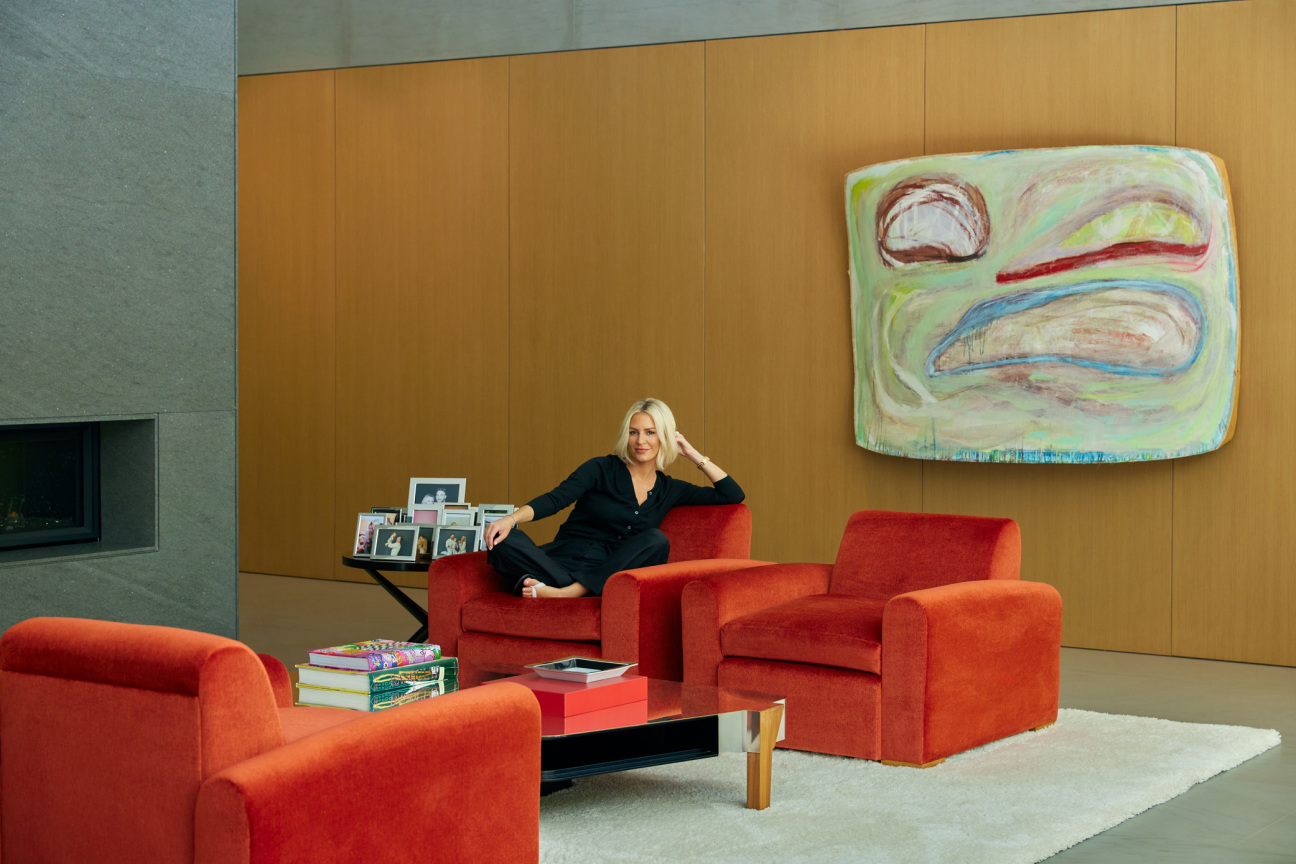
Sometimes, all it takes is one piece to turn you into a collector. For Morgan Stewart McGraw and her husband Jordan McGraw, it was a Raymond Pettibon. They spotted No Title (Yellow, sound for), 2019, at Los Angeles’s Regen Projects and were transfixed by its vibrant, sunny hue. “We fell in love,” she recalls, “and bought it immediately.” The impulse buy sparked a burgeoning collection, developed in partnership with advisor Donna Chu, that now includes works by Rashid Johnson, Guadalupe Rosales, and Wolfgang Tillmans.
By the time the pair moved into their sprawling Beverly Hills abode, “art was our number one priority,” shares Stewart McGraw. “We’re both creative people and wanted to ensure the space represented that.” Stewart McGraw’s husband is a singer-songwriter; she starred in the E! series “Rich Kids of Beverly Hills,” became a host on the enterainment channel, and then shifted into the fashion world, where she moves markets with a single Instagram post.
The couple’s sleek home is punctuated by works bursting with color and attitude—dominating the living room here, accenting the children’s play area there. The juxtaposition of subtlety and boldness is also reflected in McGraw’s increasingly popular new fashion line, Renggli—itself a testament to its founder’s aesthetic proclivities. Below, the designer delves deeper into her collecting philosophy and the beauty it has brought into her life.
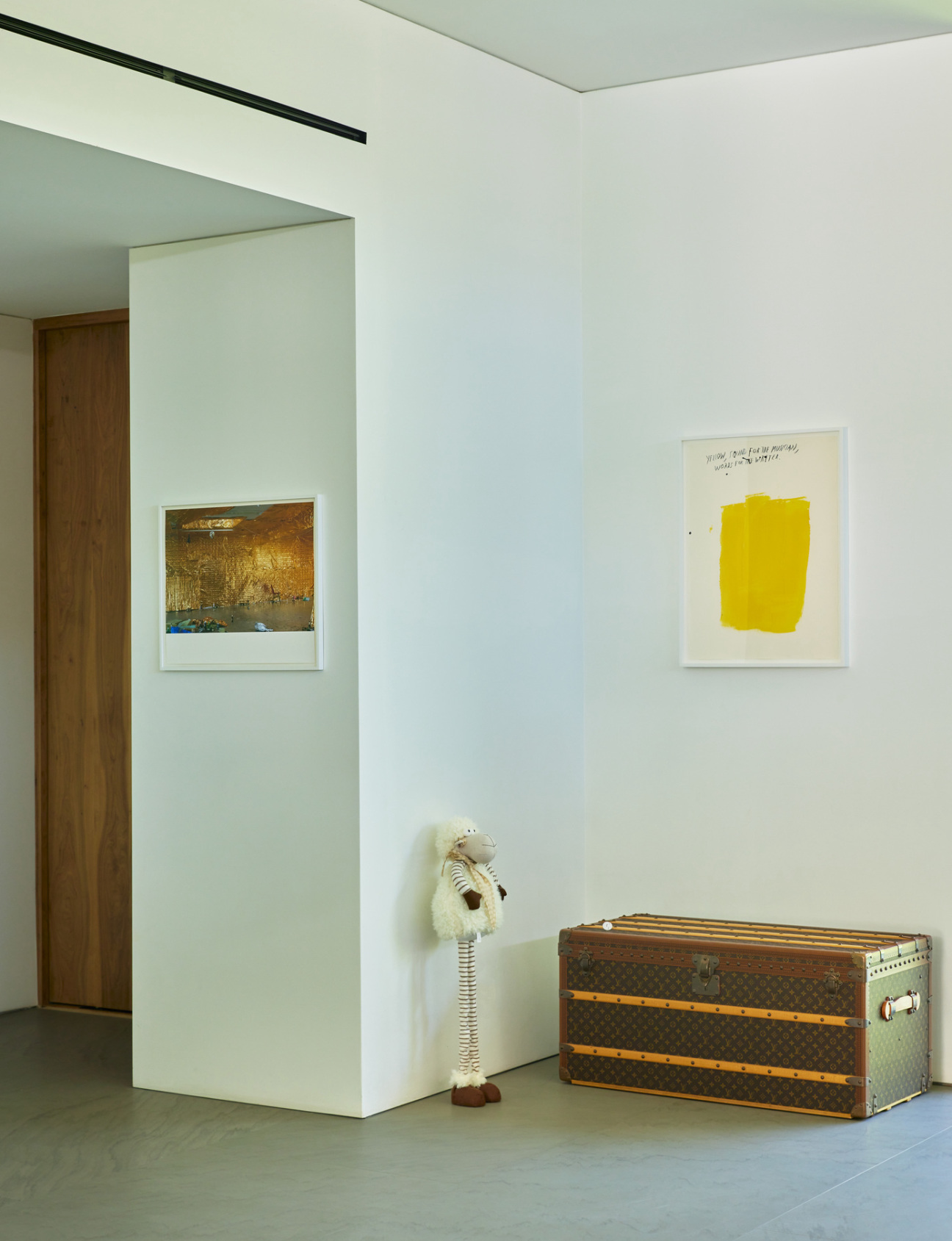
Which work in your home provokes the most conversation from visitors?
Probably the Rashid Johnson. It’s a somewhat interactive piece, so it’s almost a magnet for people when they walk in. Whether it’s the shea butter in oyster shells, the fact that it’s a mirror, or the record on display, people seem to go right to it.
How has your collection changed as your space has changed?
It’s made our house a home. We spent so much time curating our collection, so we have a real connection to each piece. Aside from the works themselves, they each carry the energy of the time we got them. Whether it be moving into our home, having each of our children, anniversaries… our pieces carry so much added emotion.
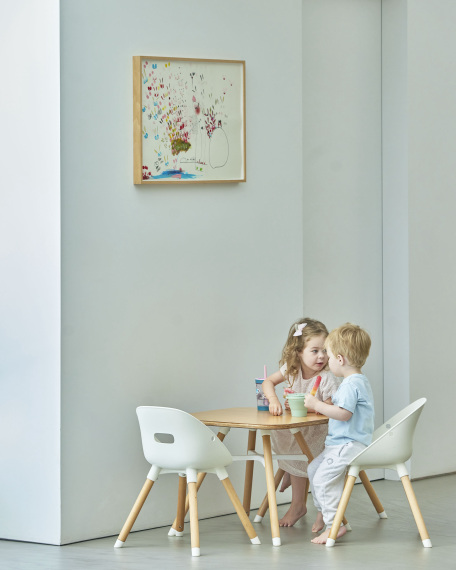
"I instantly know if something is meant for me by my gut reaction to it. I don’t waste time."
Morgan Stewart McGraw
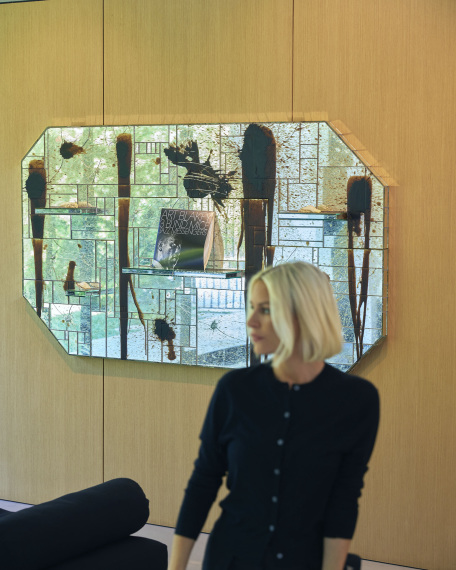
Which artist are you currently most excited about and why?
I bought my husband a Guadalupe Rosales mirror piece. I love her work. You feel like you know everything about her when you see one of her pieces and then find out again when you look at the next one.
Do you hope to get your kids involved in your collecting process when they’re older?
Of course! We want them to be exposed to as much culture as possible. They definitely gravitate toward their favorite pieces. It’s so fun to see.

How do you know an acquisition is right for you?
I instantly know if something is meant for me by my gut reaction to it. I don’t waste time. I know exactly what I want or don’t want pretty immediately, which is what has made our collecting process so much fun. We would look at hundreds of pieces and only be drawn to a few—and they were in our home the following week!



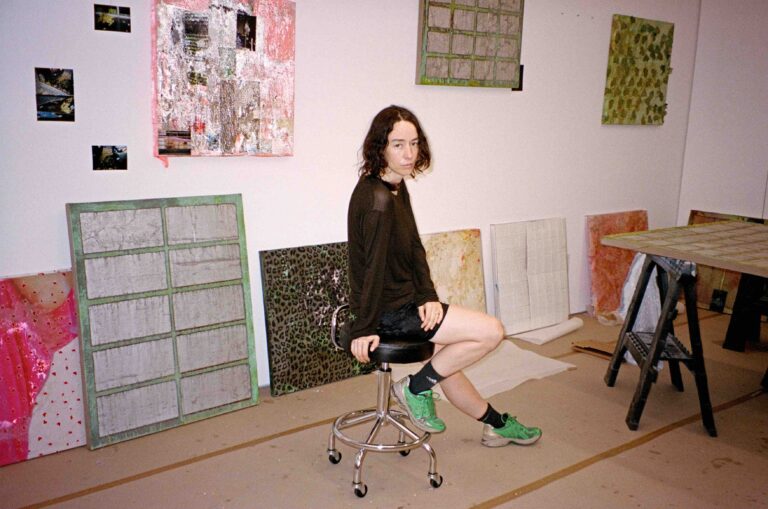






 in your life?
in your life?

